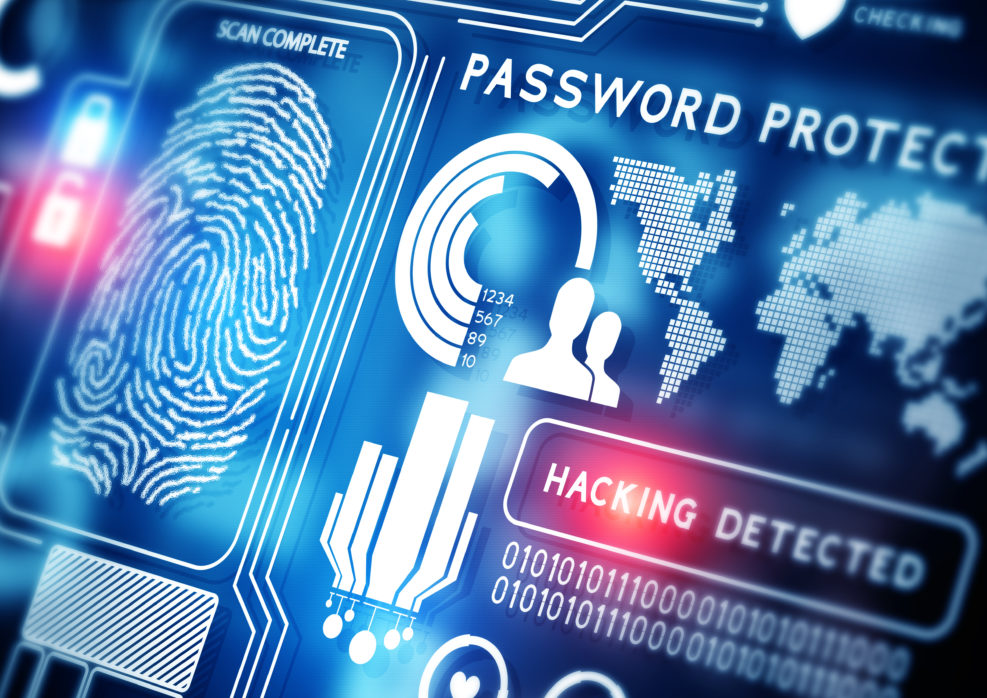
At the Water Cooler: They’re Talking About Computer Hacks Again
Some people appear to know all the answers to the latest assaults on our finances and privacy. If only the government would listen… (?)In 2020, hackers threatened to release thousands of Finnish psychotherapy patients’ records to the internet unless they paid a steep ransom. Meanwhile, just last month, U.S. authorities uncovered a ‘Swiss Army Knife’ for hacking industrial control systems. “The malware toolkit, known as Pipedream, is perhaps the most versatile tool ever made to target critical infrastructure like power grids and oil refineries.” (Wired) So yes, we have a problem. Wired sums up last year’s hacking news: “As John Scott-Railton, senior researcher at University of Toronto’s Citizen Lab, puts it, ‘2021 is the year where we’re realizing that the problems we chose not to solve years or decades ago are one by one coming back to haunt us.”” (December 24, 2021) The Read More ›












